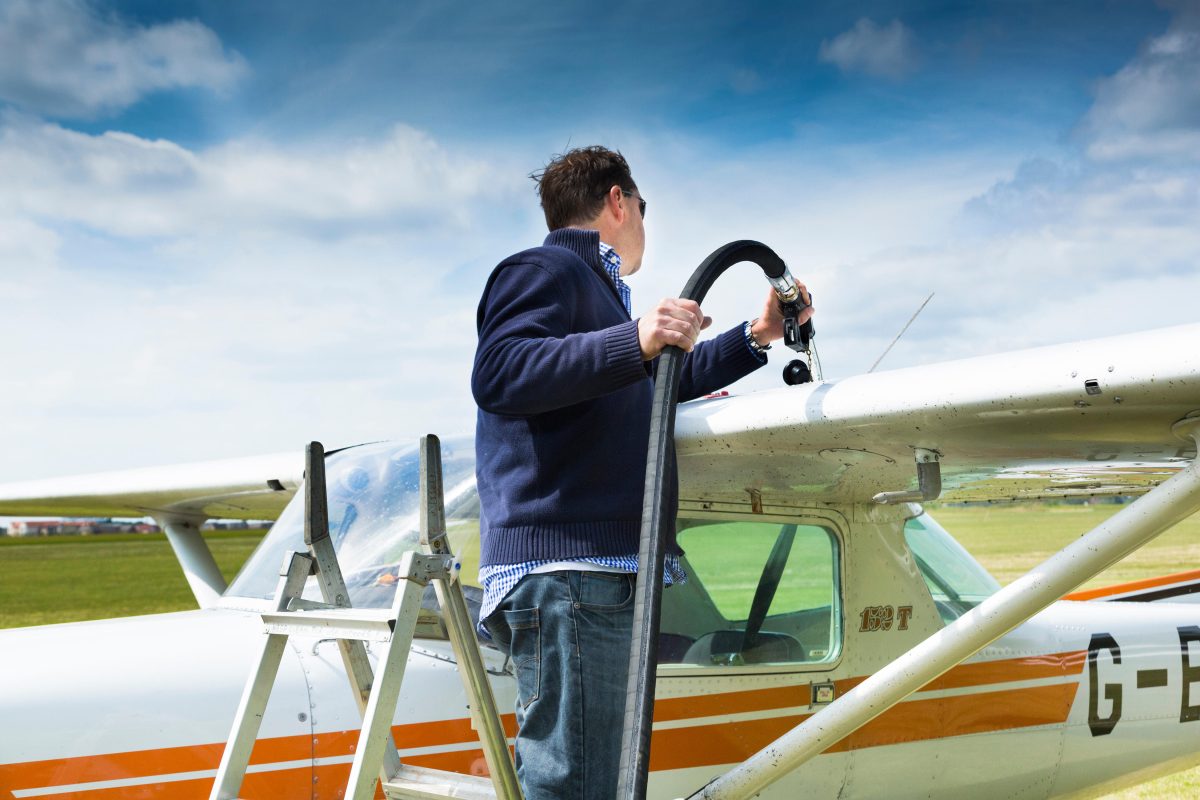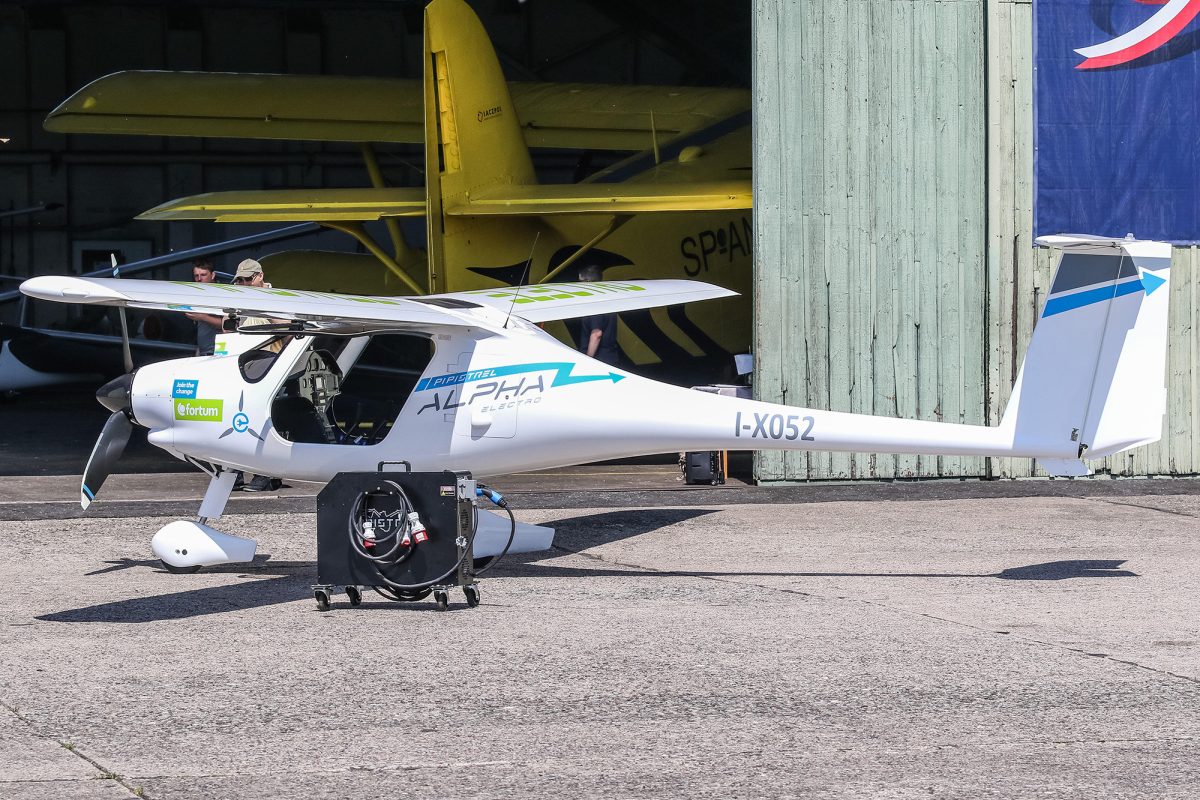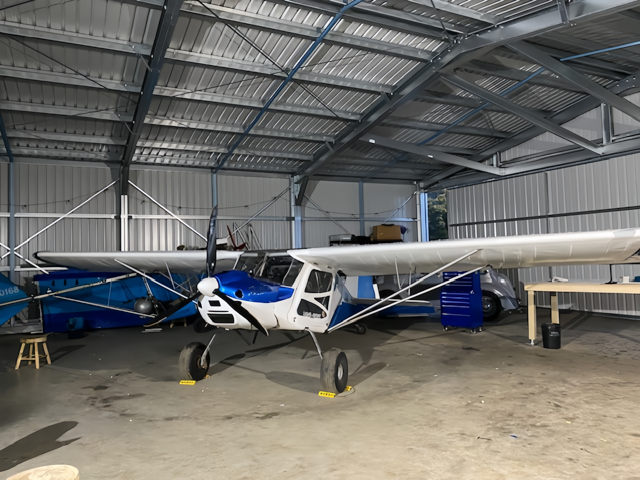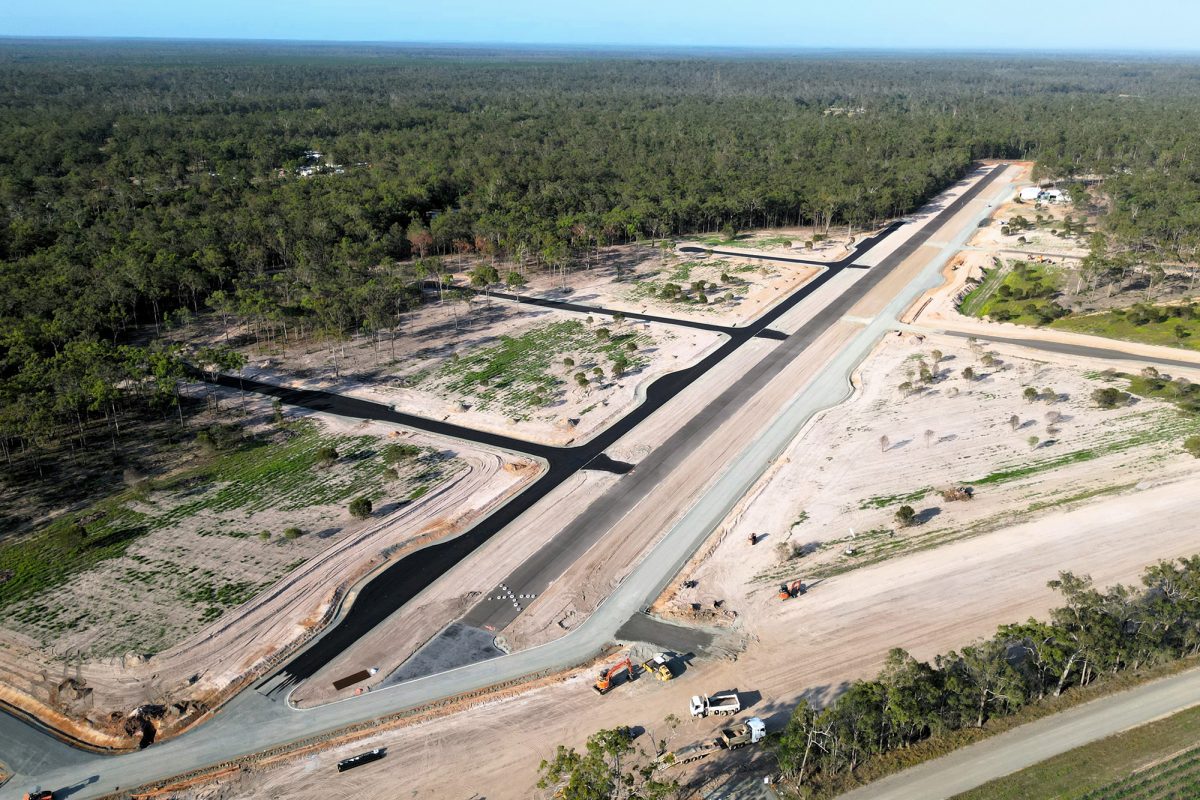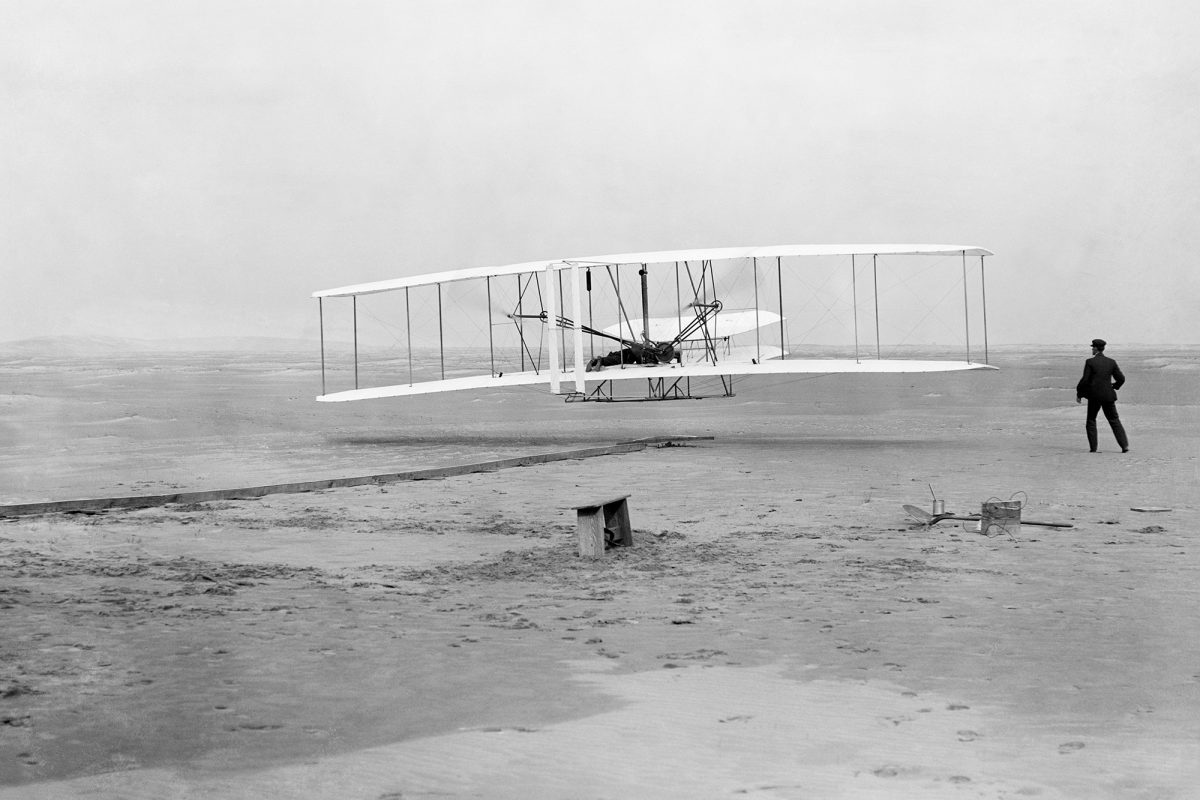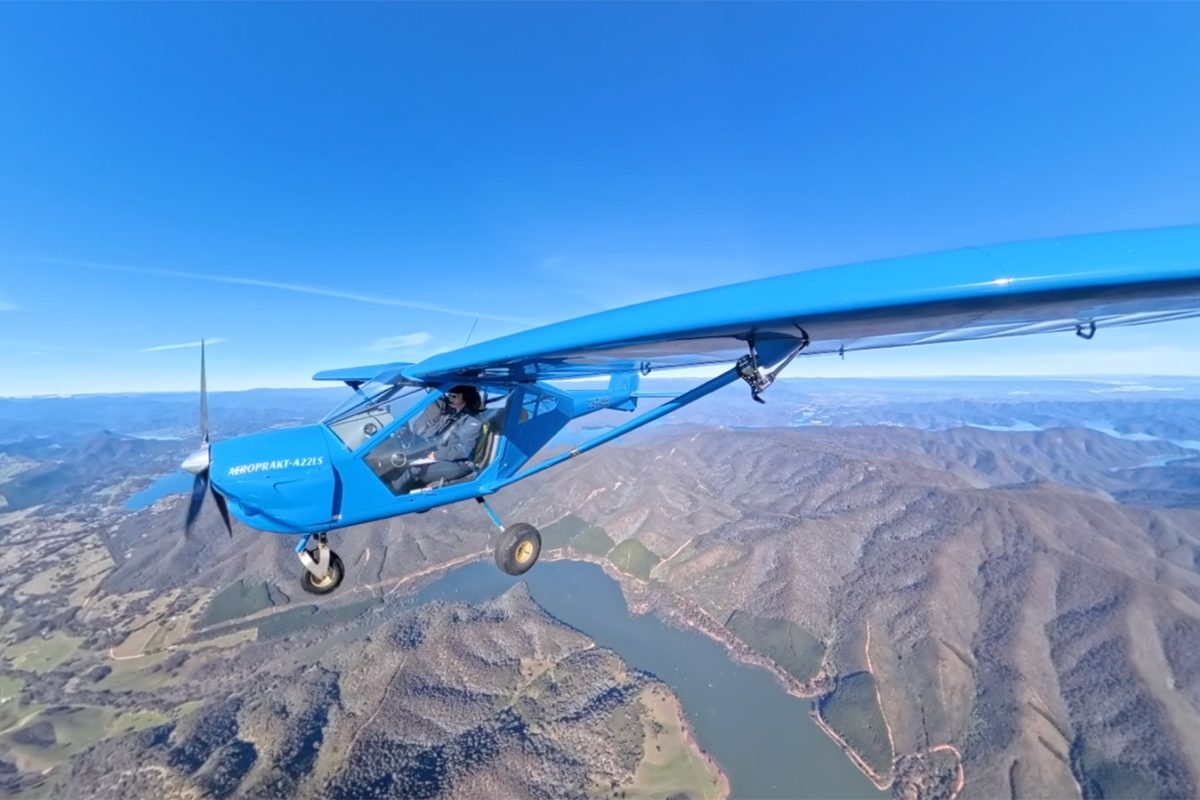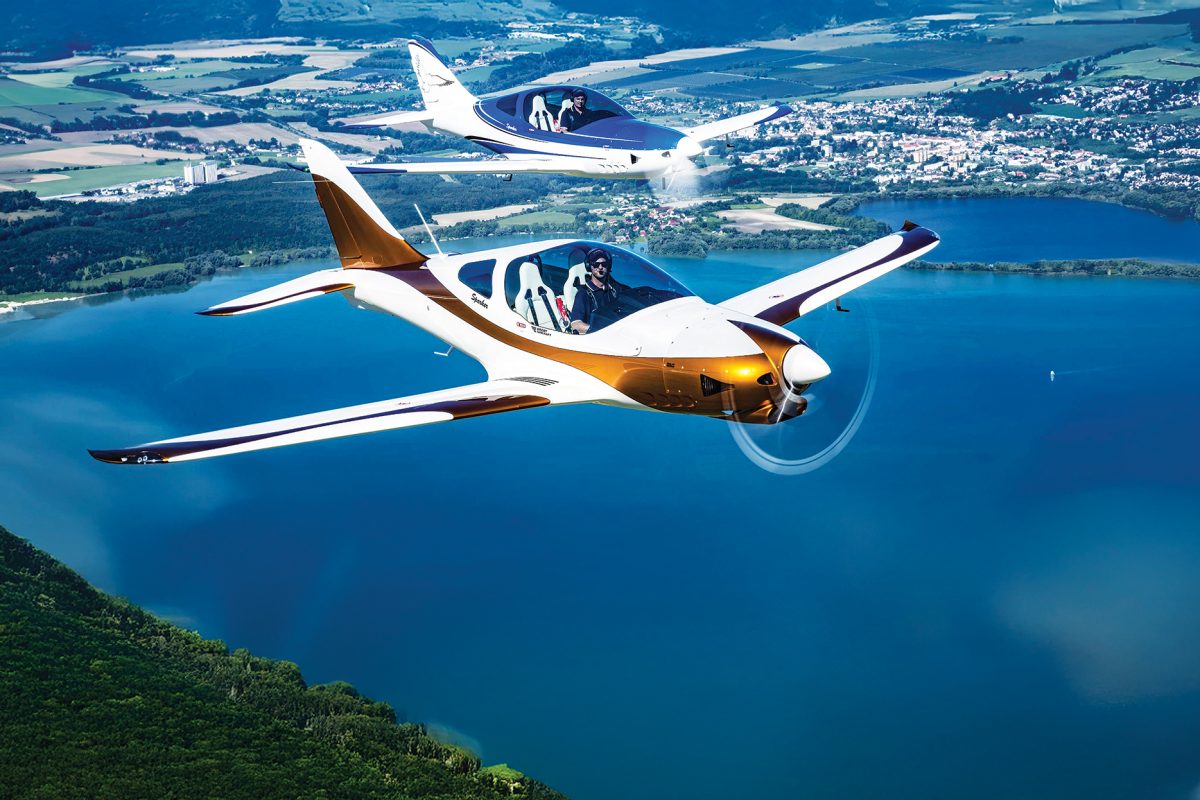POWERED PARACHUTES & POWERED PARAGLIDERS – WHAT’S RIGHT FOR YOU?
At the core of everything in aviation is the same basic idea – putting people in the sky. While some pilots are dedicated to finding ways to go further, faster or higher, there are some who want to strip it back, getting as close to that fundamental concept as possible.
For pilots of Powered Parachutes (PPC) and Powered Paragliders (PPG), nothing beats being able to fly with as little hardware as necessary. Doing away with large, pricey three-axis aircraft, these pilots take to the skies with little more than a propeller and a piece of fabric. It’s a thrilling experience, and one that’s both affordable and easy to learn. More and more people – seasoned pilots and ab initio flyers alike – are starting to get into this side of aviation, however there are a lot of questions that come right off the bat, so let’s dive in and unpack this incredible sport.
PPC and PPG are sometimes used interchangeably by those outside the sport, but are in fact two distinct disciplines. Powered Parachuting involves a wheeled “cart” that can seat one or two people with a pusher propeller attached to a parafoil to generate lift and steer the aircraft. The most common and popular example of PPCs in Australia is the Aerochute which is in fact Australian made.
Powered Paragliding – also known as paramotoring – involves wearing a motor and propeller on your back, launching the aircraft by foot (instead of wheels) and steering via a higher-performance aerofoil. PPG setups are often comprised of a paramotor and a wing from different manufacturers, however there are some – such as BlackHawk Paramotors based in the USA – that offer complete packages. PPC aircraft can be registered with either RAAus or the Sport Aircraft Federation of Australia (SAFA), whereas PPGs can only be registered with SAFA. Choosing to fly one or the other often depends most heavily on age, physical fitness, flight experience and purpose for flying. So, what’s right for you?
The first factor to consider is your age and physical fitness. PPC and PPG are certainly not just a young person’s sport, however having to bear the weight of a paramotor on your back for extended periods of time will certainly challenge your physical fitness. Landing a foot-launched paramotor can also be quite hard on the knees, so taking stock of any pre-existing knee or leg injuries before you decide is a wise move. Additionally, foot-launched paramotors take quite a bit of coordination and a quick reaction time to pilot safely, so having quick reflexes and sharp fine motor skills are a must if you are considering this route. It’s not the be all and end all, but for those of a more advanced age, considering a wheeled-launch is a good idea.
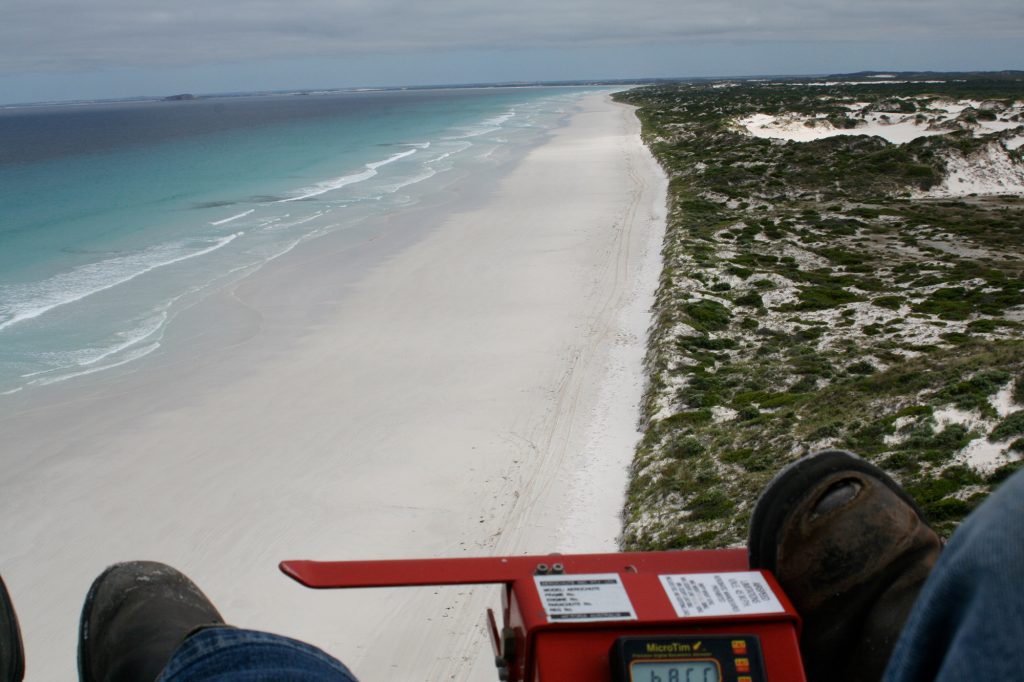
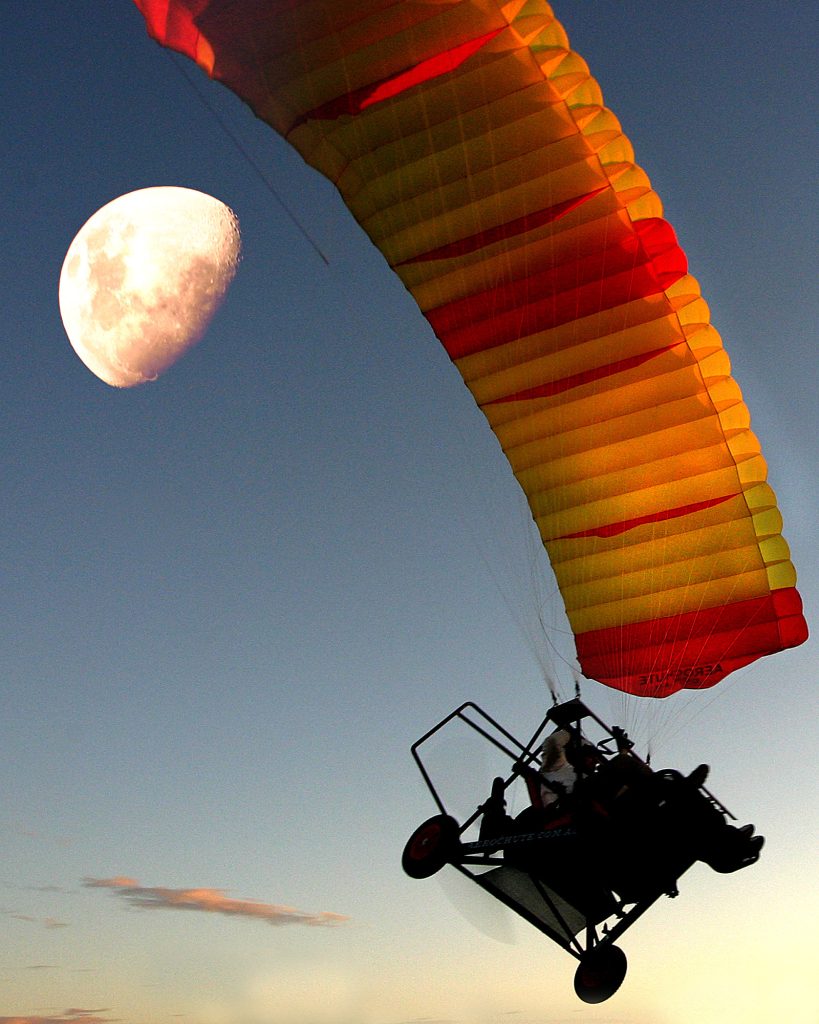
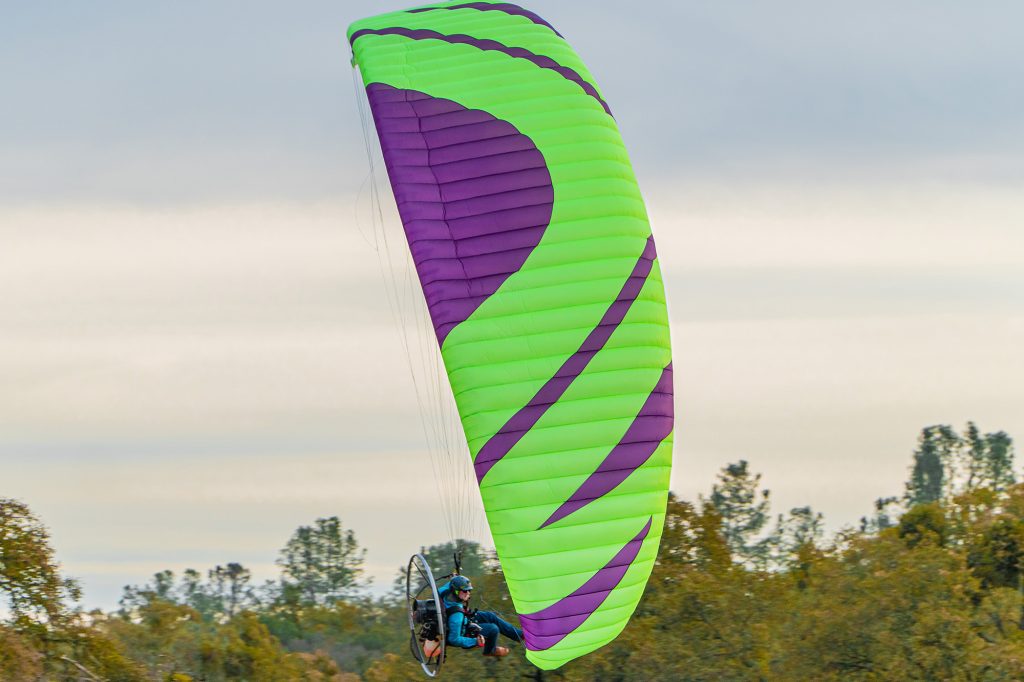
The other major consideration when looking at PPCs and PPGs is a simple one, but one that can often be overlooked. Figuring out what you want to do with your aircraft is vital to making the right decision. Many aircraft dealers have told us – whether it’s PPC, PPG or three-axis aircraft – a lot of people don’t actually have a good idea of their flight objectives before buying. A lot of the time, pilots will visualise incredible cross-country adventures or flying their friends and family around, believing this to be their main focus. However, 90 per cent of their flying will end up being smaller, scenic flights around their home. While it’s still important to choose an aircraft with the capabilities for those dream flights, choosing something that is suited to the majority of your flying is going to make you want to use it more frequently and get the most out of your aircraft.
For those looking to fly cross-country or with a passenger, a Powered Parachute is your best bet. PPCs tend to have an edge when it comes to range, and the cart configuration is often large enough to seat two people. For those looking for scenic flights around their home or wanting to skid across a lake low-and-slow style, PPGs are the way to go. While tandem PPG setups do exist, they tend to be clunky, complicated and uncomfortable on longer flights, lending the sport much more favourably to solo pilots. No matter what you choose, PPCs and PPGs offer some amazing benefits when it comes to flying.
If portability is what you seek, both options are fantastic. PPCs are extremely portable, with carts able to fit on regular trailers or in the tray of some larger utes. Foot-launched PPGs take it a step further though, and can be stored in the boot of just about any car, eliminating the need for a hangar – or even a garage – to store your very own aircraft.
PPCs and PPGs both allow for extremely short takeoffs and landings, enabling pilots to launch without the need of an airstrip. PPC carts like the Aerochute have a take-off distance of 20-30m, while a foot-launched paramotor will take about 10m of running to get you in the air. This allows PPCs and PPGs to explore locations that most other aircraft simply can’t access.
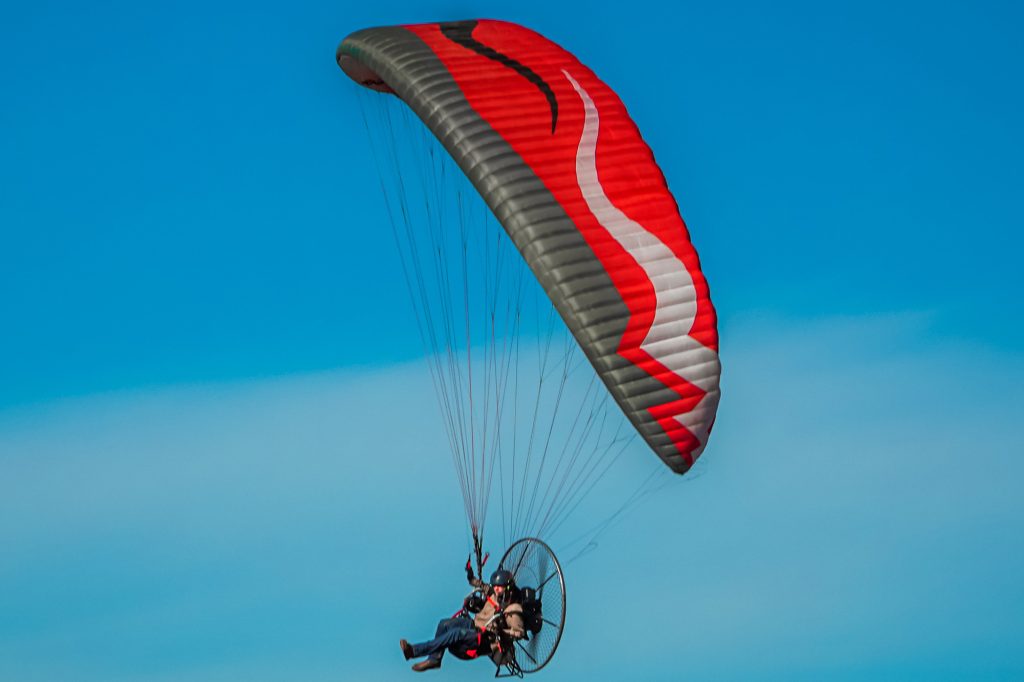
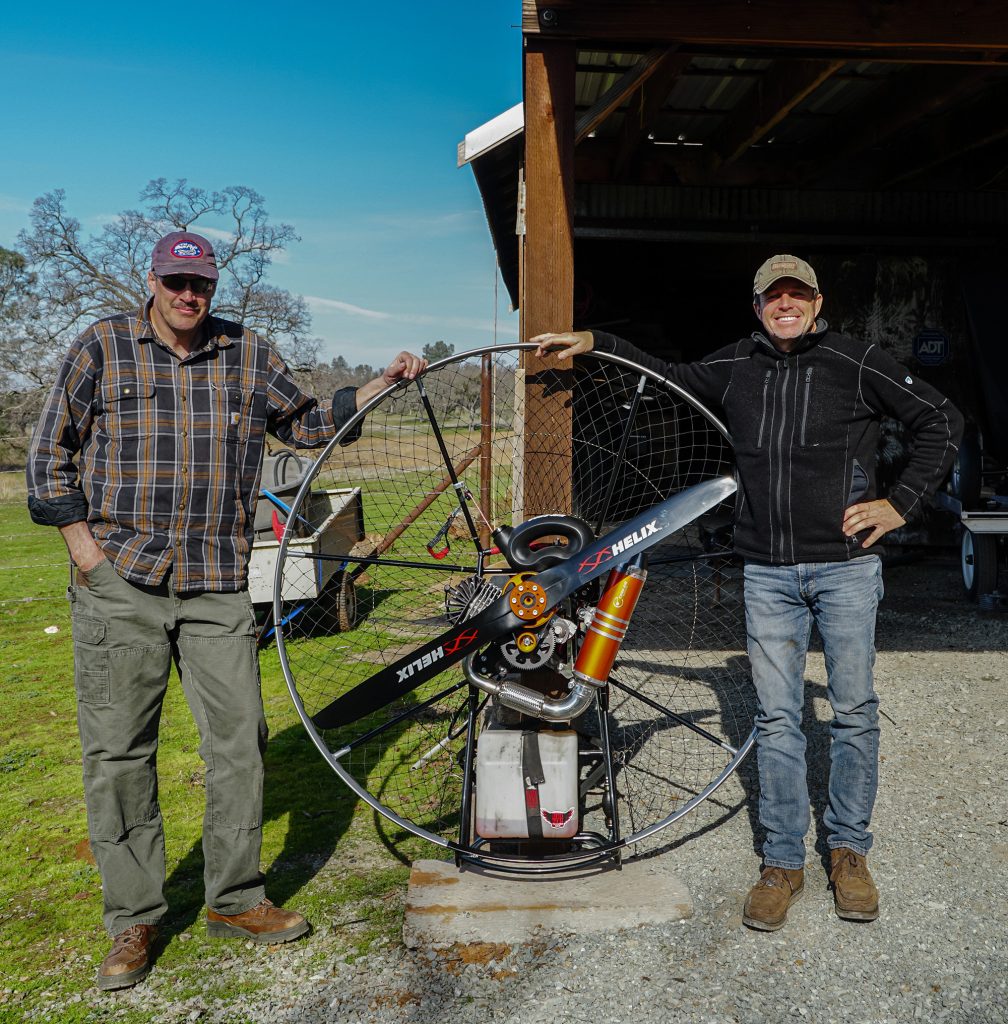
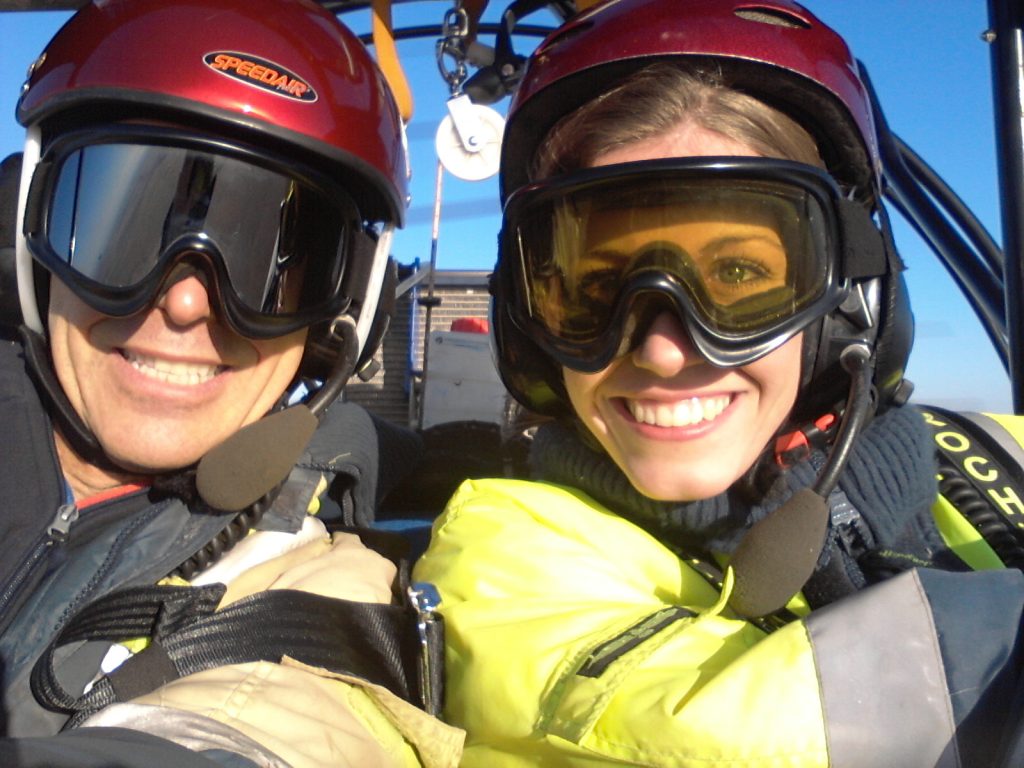
Essentially, you can take off and land anywhere – other than controlled airspace – where there is sufficient area, safe landing space and if you have landowner permission. For those looking to explore, both options will let you discover this country in a greater level of detail than just about any other vehicle allows.
Affordability is another strong point when it comes to these flying machines, with both styles much more attainable than its aircraft counterparts. At the top-end of the price spectrum, a brand-new PPC will set you back around $25-30K, while a foot launched PPC will cost you around $15K.
While the differences can be confusing, the benefits are clear. Whether you’re an aviation enthusiast looking to fly for the first time or a seasoned three-axis pilot looking to try your hand at a different aviation experience, these para-contraptions are certain to keep money in your wallet, space in your hangar and a smile on your face.

